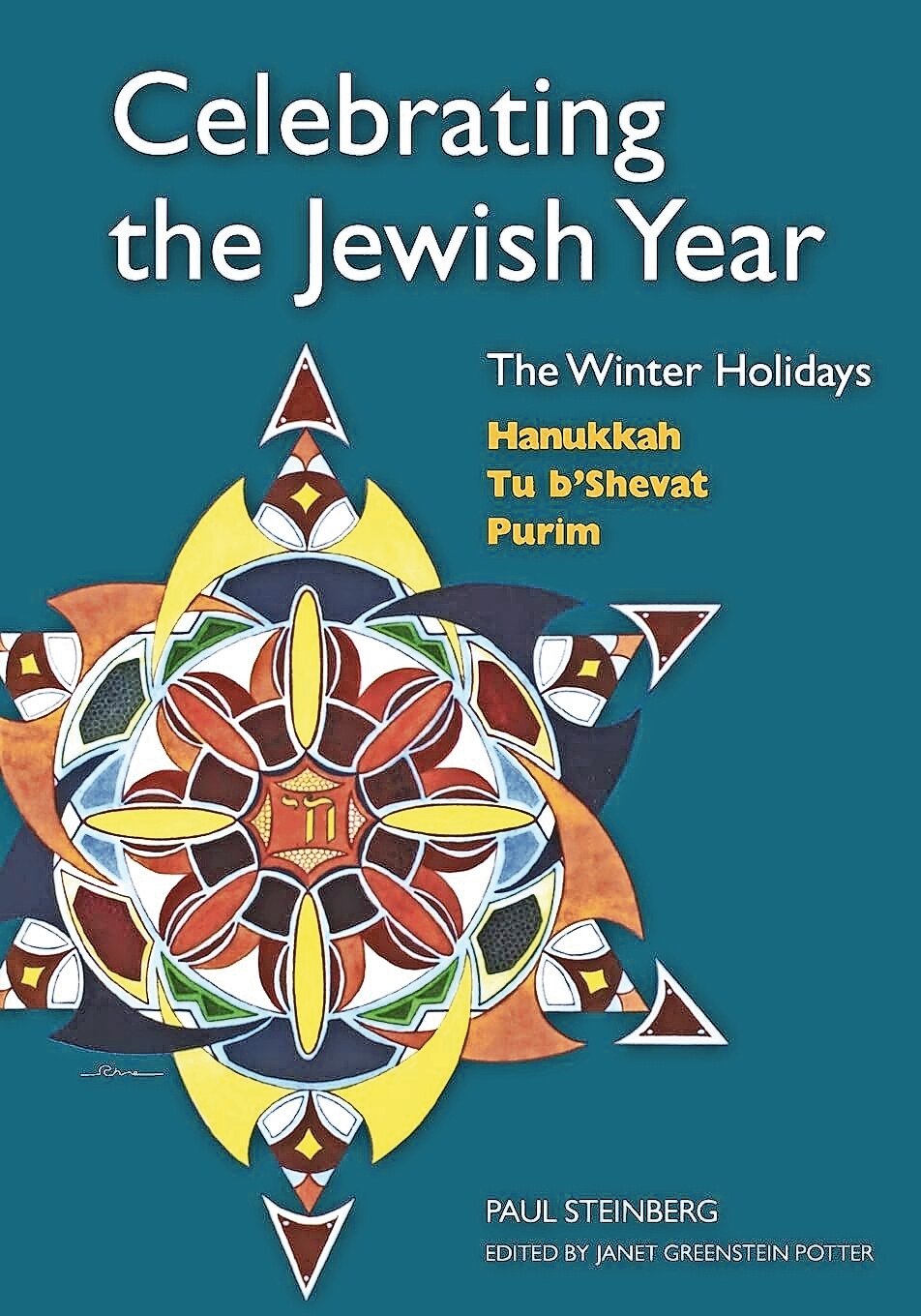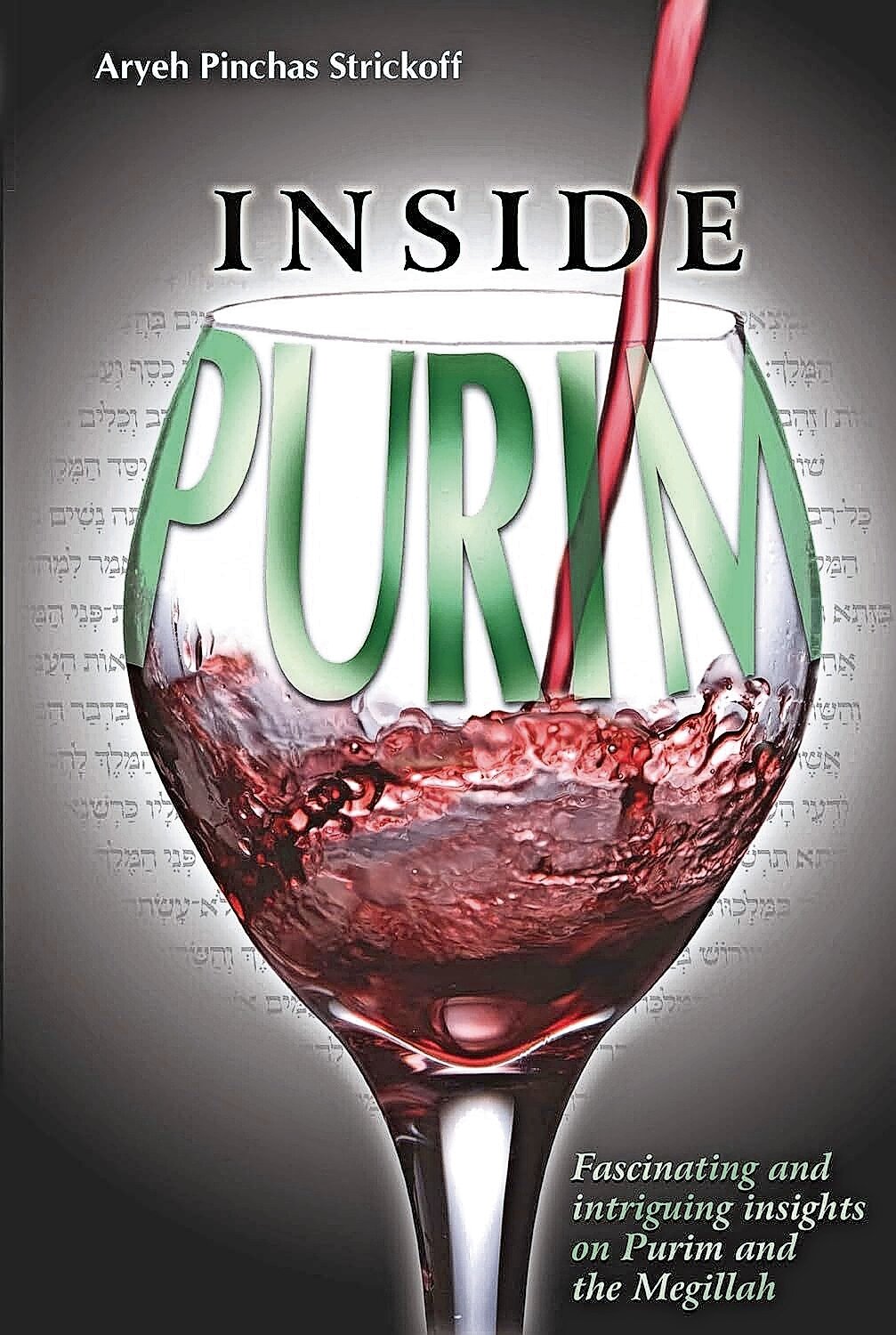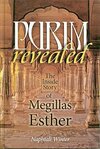Potpourri of books for upcoming Purim holiday
With Shabbos Shekalim and Adar II approaching, our minds, hearts and, yes, our pocketbooks are once again focused upon the most joyous of holidays, Purim.
In the winter holidays volume of his three book series, “Celebrating the Jewish Year” (The Jewish Publication Society, 2007), Rabbi Paul Steinberg reminds us that “throughout the month of Adar and on Purim, we are bound together as a community. Yom Kippur, which falls on the opposite side of the calendar’s cycle, is when we practice introspection; Purim is the holiday when we go outward. We put on costumes and act as something other than ourselves. Prayer is peripheral, whereas going out into the community, singing and dancing together, and giving to others, is core to observing Purim.”
Besides interaction among our fellow Jews, we learn from a teaching by Rabbi Eliezer Melamed (dean of Yeshiva Har Bracha and a prolific author on Jewish Law) that “there is no better time of year for dialogue between Israel and the nations than the month of Adar. As in the days of Purim, when evil decrees were transformed to good, so too in our days all the evil thoughts of the nations will be transformed to blessings and success.”
With that prologue, let us consider the real dynamic of this sacred season. Of all our holidays’ holy writ, only Purim through its Megillah omits the direct role of the deity in the miracles of its day. This orientation has never failed to mystify our sages and commentators. This is reflected in almost every tome devoted to the holiday’s theme and purpose. No other Jewish holiday shares this quandary.
Of the books that I wish to bring to your attention, each deals in a comprehensive fashion, albeit in a different manner with the various historical and halachic nuances particular to Purim’s themes and practices.
Rabbi Yitzchak Sender’s classic, “The Commentators’ Al Hanissim: Purim” (Feldheim, 2000), deals with “the insights of the sages,” as its sub-title states. Rabbi Sender goes into great detail with an in-depth study of the various prayers, laws and practices unique to this holiday. He goes directly to the sources, and explains them in a clear and comprehensive manner.
Aside from that, he also spices up his literary repertoire with a vast array of parables and stories gleaned from our sages, from the Rambam, Rabbi Yonason Eybeshutz and the Vilna Gaon, to Rabbi Yechezkel Abramsky and Rabbi Joseph B. Soloveitchik.
This book is both entertaining as well as informative and deserves an honored place on your bookshelf.
Another book dealing with Purim is titled, “Inside Purim: Fascinating and Intriguing Insights on Purim and the Megillah” (Targum Press, 2009) by Rabbi Aryeh Pinchas Strickoff.
The format of this book revolves around a series of questions and answers that are listed under five topical sections focusing on the laws of Purim. A special section unique to this volume, “Gevaldig Gematrias and Riveting Rashei Teivos,” is supplemented by a subsection about the historical context of Purim and a study explaining the calculation of the prophesized 70 years of Galus Bavel (Babylonian exile). No other English book on Purim covers all these topics within one volume.
In his introduction, the author sets out to explain the purpose for writing the book. I was caught by this statement in particular: “This sefer was conceived with the objective of providing fascinating, inspiring, and geshmake divrei Torah to “drink up” between glasses of wine, for the purpose of enhancing the Purim seudos of Jews the world over.”
Well said, and I am certain that this sefer will be read and learned from long before the first l’chayim of Simchas Purim.
In all the learning surrounding the holiday, we are bound to come across a plethora of citations from the Midrash Rabbah on Esther. To many, this sefer was a closed, foreign resource, but there is an English translation to refer to when we come across quotes from this sacred text.
Published by the Machon HaMidrash HaMevo’ar in Jerusalem and distributed by Feldheim Publishers, this sefer, titled “The Midrash Rabbah Hamevo’ar” translates a complicated text into a lucid and accurate English translation.
According to institute director, Rabbi Professor Avraham Steinberger, “We have tried to open the door to the Midrash, so to speak, so that all people should be able to experience the power of its message. The language and intent of the Midrash are often unclear, and we are dependent on the commentaries for clarification.”
This particular edition brings together the text in a line-by-line format, explanations with sources cited to everything, as warranted. Credit should also be given to the translator of this classic work, Rabbi Michoel Miller of Brooklyn, and to Rabbi Yaakov Reinman of Lakewood for his expert editing.
Speaking of Lakewood, the Israel Bookshop of Lakewood published a unique take on Megillas Esther titled, “Purim Revealed: The Inside Story of Megillas Esther,” by Rabbi Naphtali Winter.
Son of the last rabbi of Lubeck, Rav David Alexander Winter, zt”l, Rabbi Winter studied at the Gateshead Yeshiva in England before making aliyah in 1954, where he received semicha from the late Chief Rabbi Isaac Herzog, zt”l.
Rabbi Winter’s vast knowledge is demonstrated on every page of this book. This is no mere “storybook.” Instead, “Purim Revealed” deals with the actual historical events of the Purim story, attempting to place the events of the Megilla within the context of world events at that time, thus giving the Purim story a broader meaning within the context of our total history.
There are many details here culled from the classic sources that are not well known and are revealed for the first time in English. Rabbi Winter explains many puzzling details that were usually glossed over by others, and he utilizes his skills to bring out a complete comprehensive picture of this dramatic story of miraculous redemption.
Taken together, these books represent a diverse array of Jewish scholarship that deserve your attention and patronage.
Originally published in 2009.











